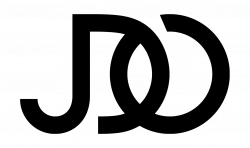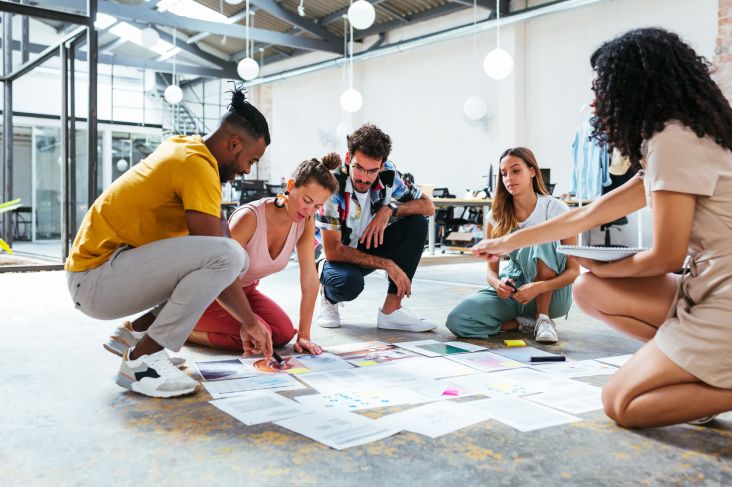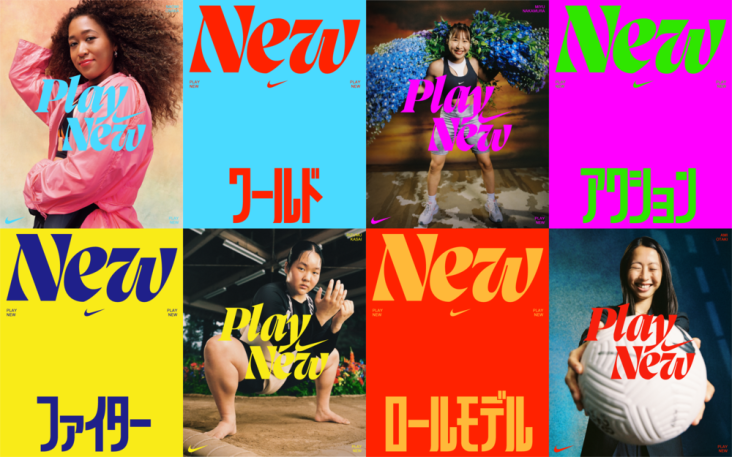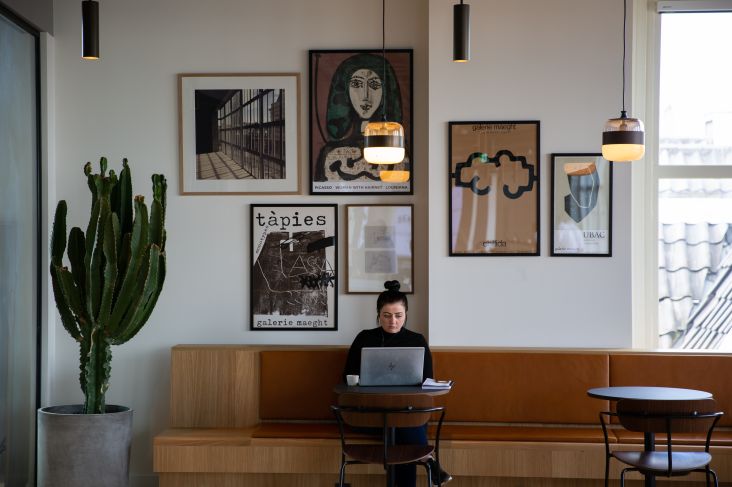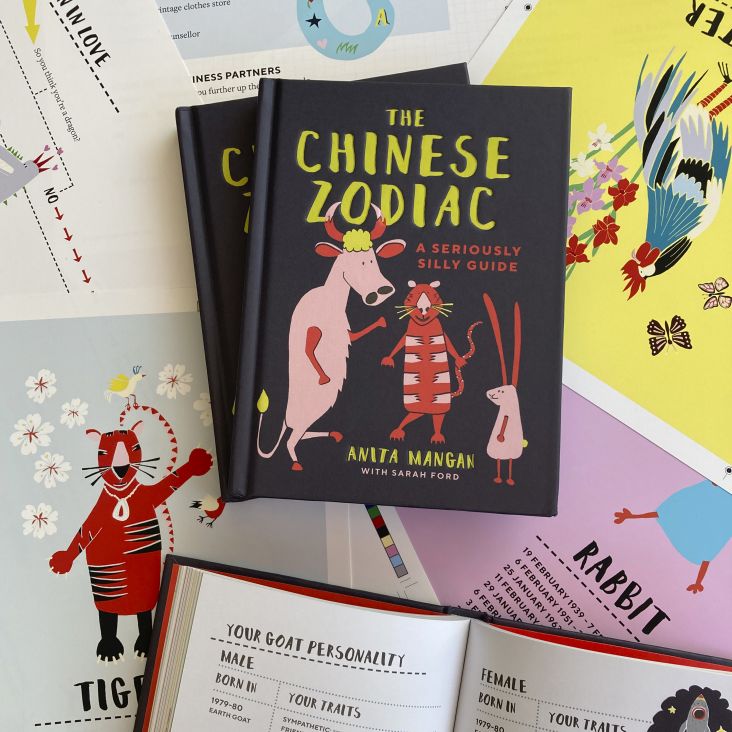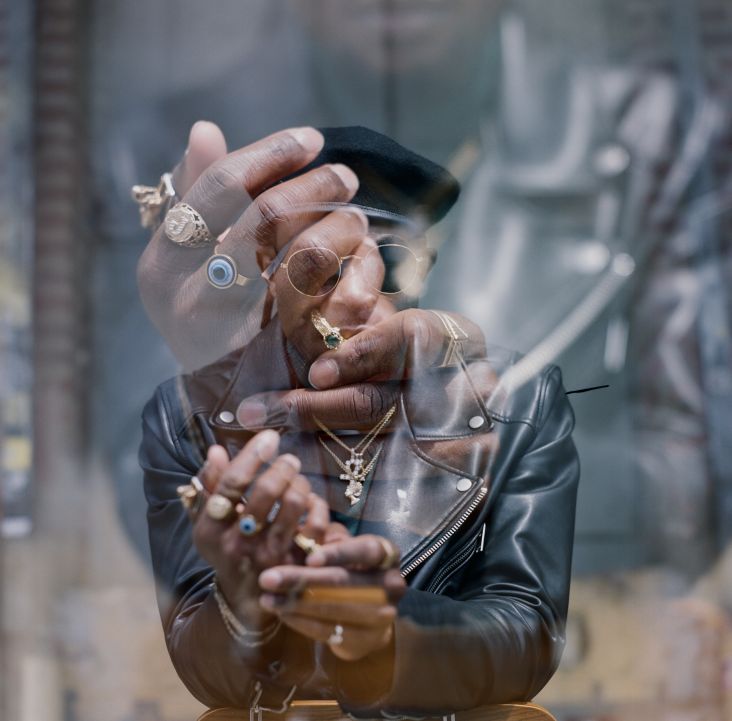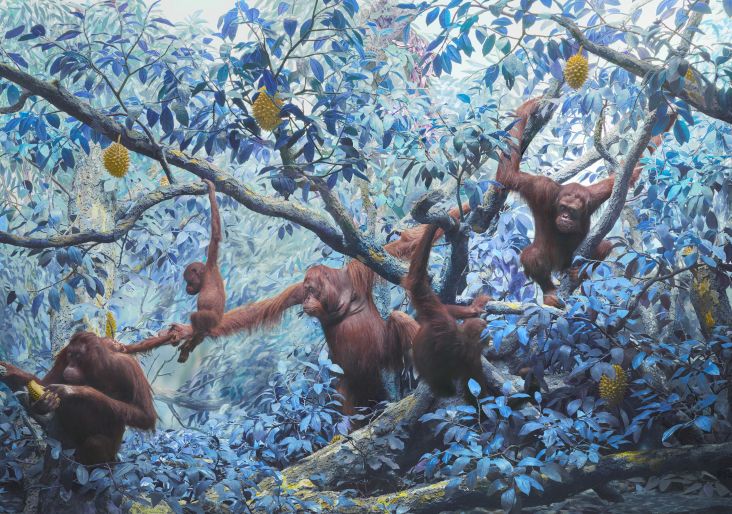Five important ways the design world is changing as we emerge from the pandemic
For the past 18 months, creative agencies have been mainly focused on surviving through the Covid-19 crisis. But now, things are starting to open up again; what does the post-pandemic world look like, and how can designers and design studios ensure they don't just survive but prosper in it?
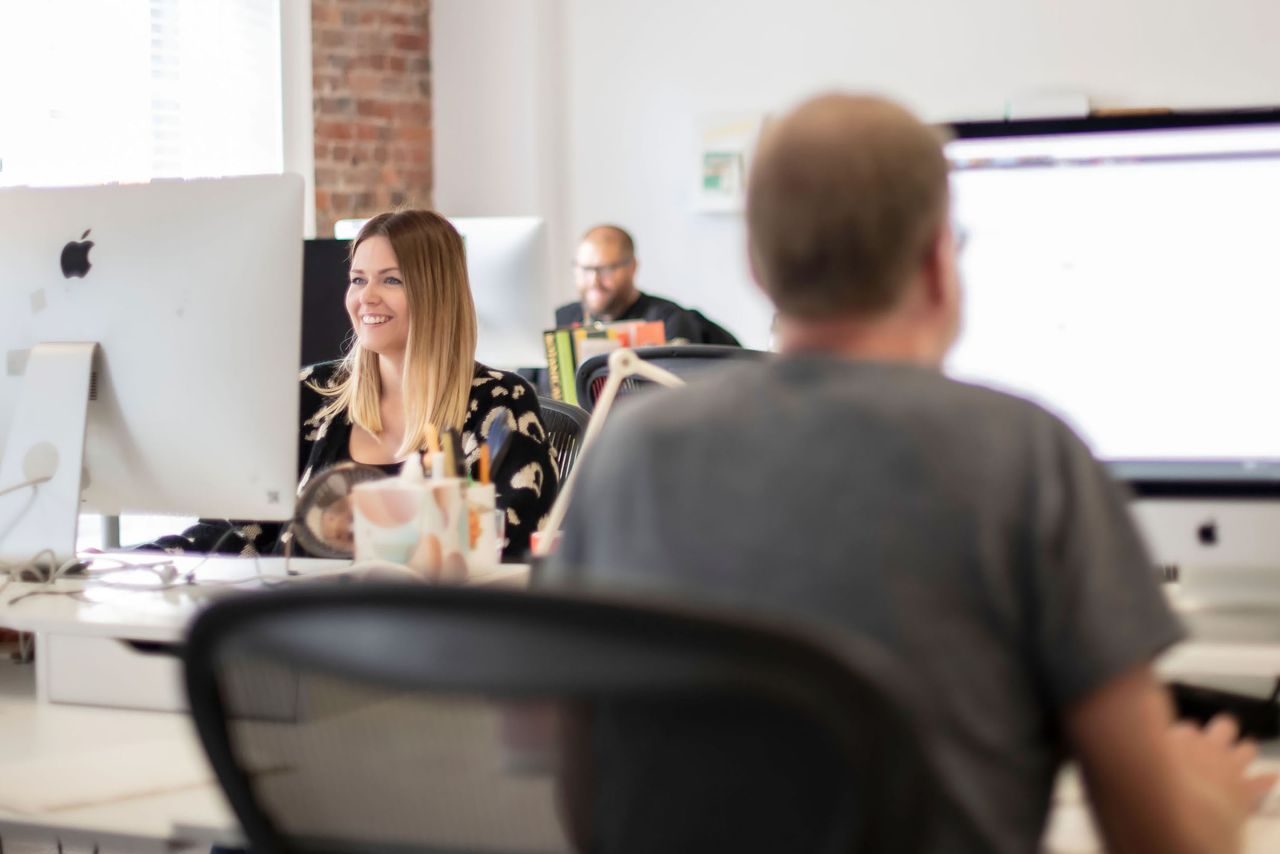
Image courtesy of JDO UK
To find out, we spoke to designers at award-winning brand design and innovation agency JDO. With studios in the UK, Shanghai, and New York, JDO puts exceptional creativity at the heart of everything they do, ranging from strategic branding and integrated 2D/3D solutions to animation, innovation and activation.
Read on to hear their insights on the future of work, the importance of innovation, and how to navigate the increasingly blurred lines that dominate today's design industry.
1. Emotion moves to centre-stage
The pandemic era has been a time when emotion has been front and centre of our public life. And so it's not surprising that Ed Silk, global head of strategy at JDO, believes they will play a central part in branding and graphic design in 2022 and beyond.
"From my perspective, the future landscape will require us to go beyond just packaging to designing immersive consumer experiences; experiences that engage all senses to trigger the desired emotional responses," he says.
"It is no good to look at things in isolation anymore. As designers, we need to consider how people will experience brands, from social media to the shelf to the unboxing to the disposal: all these interactions layer up to create an impression of the brand. So, we must curate them accordingly to reflect the driving idea that sits at the heart of the brand."
At JDO specifically, he adds, that will mean emphasising insights from a strategy perspective. "As a team, we believe that it is vital in the creative process to have a clear sense of the consumer tension you need to resolve, as this will have a direct impact on landing your creative idea," says Ed.
"Design is all about context. So, we are spending more time interrogating and interpreting the context to uncover insights. As much as we are intuitive problem-solvers, we must also be the problem finders, seeking out how people's needs need to be met."
2. Social and eco concerns (finally) make an impact
Concerns for the state of society and the planet's health have been around, of course, for a long time. But there's been a marked shift in tone over the last year, reports Ellie Hansen, New York VP at JDO.
"Our clients are becoming increasingly focused on reducing today's environmental and social problems," she says. "It's a business commitment that has grown over the past decade and has become a promising commercial benefit. Similarly, with social issues [like diversity hiring] taking centre stage in every C-suite [executive manager] discussion, companies are needing to respond."
And, of course, diversity is not just about the people you employ; it's also about the public you serve. That's why Bronwen Westrip, creative director at JDO, adds: "Design that's truly inclusive is a huge opportunity and challenge for our clients and our agency."
And the design industry as a whole? In 2022 and beyond, Ellie sees the priorities as "Building a long-term commitment that supports eco-sustainability and creating a culture of excellence at the agency that values and respects people from all backgrounds. There is no question that a diverse and inclusive agency is the right solution from a socio-political standpoint, but it’s also a better reflection of the diverse population that our clients are trying to serve and emotionally engage with."
3. The need for innovation rises
At the start of the pandemic, the companies who moved fastest benefited most, while those who stuck to the old ways found it much more difficult to survive. As we emerge, blinking, into a new post-pandemic world, the only certain thing is more uncertainty. And so, the importance of staying nimble, acting decisively and innovating constantly cannot be understated.
"Innovation is the lifeblood of any business, and with the rapid ascent of new category challengers going from zero to hero, the more established players need to respond quickly," says Ed. "That's why at JDO, we are developing a proprietary approach specifically for innovation that responds to our clients' need to be agile, adaptive and responsive incorporating new research methodologies and ways of testing ideas."
Remote working has broken down the tribes of location-based teams and created a truly seamless and borderless way of working.
4. The industry shifts to hybrid working
The most obvious impact of the easing of lockdown is seeing designers return to the physical studio. But it's unlikely that everyone will want to go back to the 9-5 commute, five days a week, just as before. While we've all missed human contact, the productivity benefits of working from home have also made an impact, as well as a positive impact on mental health and family life.
So most agencies are currently looking at a mixed approach, and JDO is no exception. "We've established remote working can be incredibly productive and has many benefits to the way we work and live," says Bronwen." But we've all missed the human contact, so a combination of both is the ambition."
JDO's team is proud of what it's achieved throughout lockdown. "We've helped launch global brands across industries from spirits to motor oil and beauty to snacks," says Ellie. "We're well adept at cross-functional global teams; time zones are our friends, not our enemies. This high calibre and close mateship of our teams have fundamentally strengthened client relationships and our reputation as an agency that delivers exceptional results."
Digital marketing manager Carli Pring explains further. "Our agency is open to a flex-hybrid system, empowering and entrusting employees to work from the comfort of their home or the studio space," she says." Post-pandemic has helped us adapt to a new way of working for the better; our ability to present, discuss challenges and find client resolutions using video calls has made our agency even more agile, and we've become well acclimatised with jumping on a call with our JDO staff members."
And lots of lessons have been learned along the way. "Remote working has broken down the tribes of location-based teams and created a truly seamless and borderless way of working," says Bronwen. "Small global but dedicated teams working on projects have forged strong team dynamics, which have been incredibly powerful and efficient."
5. The lines continue to blur
For the industry as a whole, though, the rise of remote working presents a big challenge. "It's going to be harder than ever to convince clients that any design company has a 'company character' and 'design spirit', as working in isolation has promoted the individual designer," notes Ray Smith, creative director at JDO.
"After working in isolation for so long, the idea of a drafted-in freelance will feel like the norm more than ever. So how do design companies communicate the idea of the collective and show the worth of the team members they're giving to clients?"
If there's a theme to all this, it's that the old certainties are vanishing, and design studios have to be ready, not to resist change but welcome it and respond to it. And that applies to the way design studios themselves work, too.
"Forget the traditional agency roles and boundaries," says Bronwen. "The lines are blurring between disciplines, the dynamics are shifting, budgets are smaller, but outputs will be more innovative. This is the era of the 'big idea' that crosses formats and channels. May the brightest shine."
